Zenede the Birthplace of Musical Talent
During the early 1800s, the musical life in Debrecen city reached new highs, in-part thanks to financial support for music-related initiatives.
Are you looking for something to do today? Well here’s what’s hot right now. Only the best things to see and do while in Debrecen over the next week and beyond, upcoming events that will stir your emotion, you will never want to leave after your Debrecen Experience.
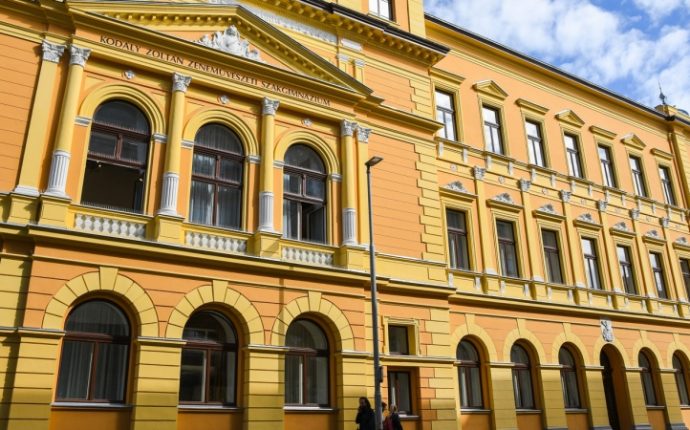
During the early 1800s, the musical life in Debrecen city reached new highs, in-part thanks to financial support for music-related initiatives.
The building bearing the name Zenede has a long illustrious history associated with music culture and music education, mostly because of the ties to the man that the building is named after, the composer and the children’s educator Zoltán Kodály.
Today the building is home to the Zoltán Kodály Vocational Secondary School of Music, a fitting legacy since he was deeply devoted to the importance of music in children’s education. He became world-famous for inventing a music teaching method that has been used ever since, all over the world to teach children music.
(more…)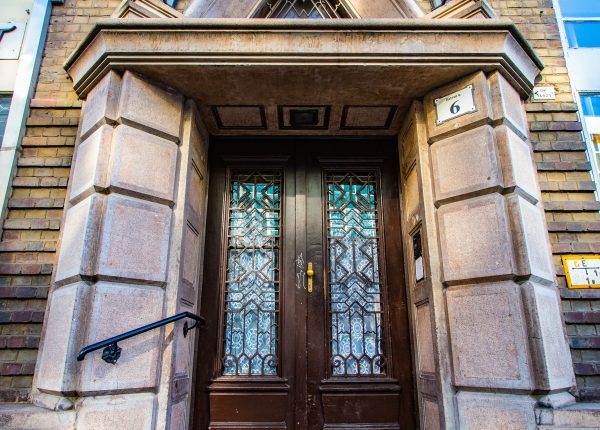
Every square meter of Debrecen’s downtown has something of a cultural and historical significance. If you want to get to know the city, you should open your eyes and discover its hidden treasures beyond the obvious sights.
Every square meter of Debrecen’s downtown has something of a cultural and historical significance. If you want to get to know the city, you should open your eyes and discover its hidden treasures beyond the obvious sights. To help you see beyond the obvious we have collected for you the most beautiful gates in Debrecen with the help of architect Attila Harangi and photographer Viktor Löki.
The emblem of Debrecen represents Puritan Classicism in Calvinist Rome. The largest Reformed Church in the country was built between 1805 and 1821 according to the plans of Mihály Péchy. The Reformed Great Church was built on the foundation walls of the medieval Gothic-style church of St. Andrew, which was completely destroyed in the devastating fire in 1802. The impressive gate ornament of the church reflects the ancient heritage of Debrecen. If you visit Reformed Great Church, take time to appreciate the massive copper handle with intricate symbols.
(more…)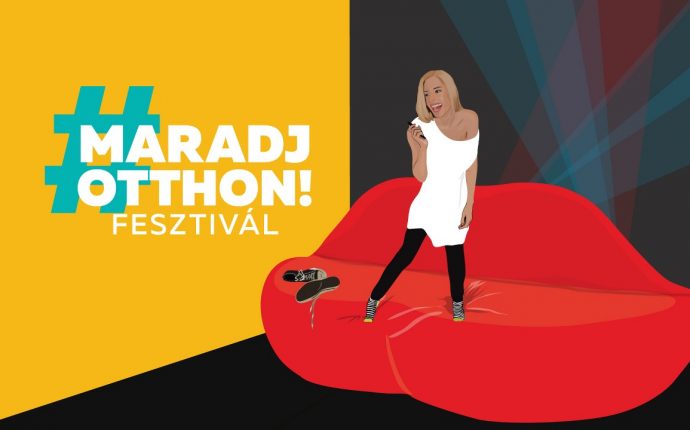
The founders of the virtual festival entitled “Stay Home!” are 50 organizers, festivals, clubs, and events. Their aim is to mobilize domestic artists and make the audience follow the rules and stay at home.
The founders of the virtual festival entitled “Stay Home!” are 50 organizers, festivals, clubs, and events. Their aim is to mobilize domestic artists and make the audience follow the rules and stay at home.
“Millions of people go to national festivals and concerts every year. Fans will hopefully listen to their favorite artists and stay at home. The main mission of this initiative is to encourage it”, said Norbert Lobenwein, founder of the VOLT Festival and one of the key figures behind the initiative.
The “Stay at Home! Festival” encourages the Facebook audience to take the rules seriously and stay at home by bringing the artists to the home of the fans.
(more…)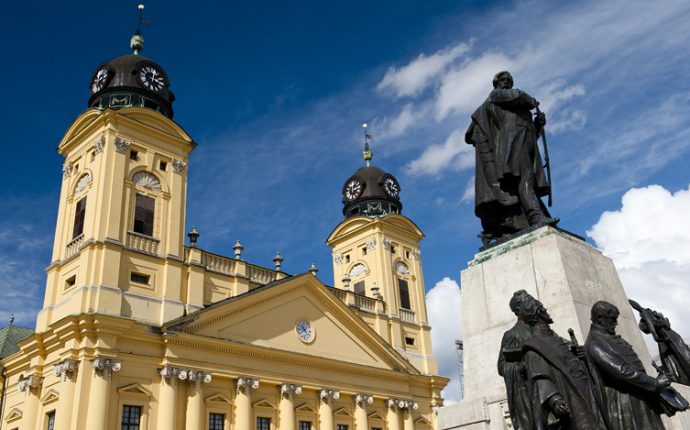
Who was Kossuth and Széchenyi and why were streets renamed after them in Debrecen and throughout Hungary? What was their connection to each other, and Debrecen?
Kossuth and Széchenyi Streets are among the oldest and busiest streets of Debrecen. Széchenyi Street was previously called Német (German) Street before 1860 as it was where Germans gathered to trade on the internationally recognized Debrecen markets. Kossuth Street was previously called Nagy-Cegléd Utca before 1894 when it was renamed.
But who was Kossuth and Széchenyi and why were streets renamed after them in Debrecen and throughout Hungary? What was their connection to each other, and Debrecen?

Considering that there have been a few isolated cases of COVID-19 infection in Hungary…
Considering that there have been a few isolated cases of COVID-19 infection in Hungary, we would like to ask that you carefully consider the following information and that you follow the guidance provided below.
(more…)
March 14th, marks the Jubilee Season of Debrecen Amusement Park, which has opened every day of the week from May 1st since the first opening back in 1960. Debrecen Amusement Park remains the only permanent Amusement park in Hungary.
March 14th, marks the Jubilee Season of Debrecen Amusement Park, which has opened every day of the week from May 1st since the first opening back in 1960. Debrecen Amusement Park remains the only permanent Amusement park in Hungary.
To embrace tradition, while also catering to those looking for new thrills, the repertoire will include both timeless classics and awesome new novelties.
In addition to the careful maintenance of park equipment, several rides have also undergone a visual overhaul and now await the season start in their full glory. Cherished for their great history and beautiful craftsmanship, the magnificent steeds of the Horse Carousel are now as good as new, and so is the Duck Train, a true family favorite.
(more…)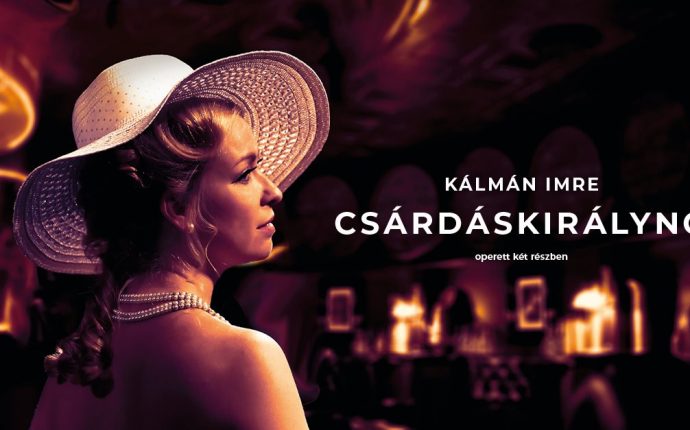
The Csárdás Queen is considered Imre Kálmán’s greatest work, the songs from which were among Adolf Hitler’s favorites, and for a long while he was his favorite composer even though Imre Kálmán was Jewish.
There are several Opera or Operetta performances at the Csokonai Theater that might be of interest in the upcoming months.
The Csárdás Queen is considered Imre Kálmán’s greatest work, the songs from which were among Adolf Hitler’s favorites, and for a long while, Imre was his favorite composer even though he was Jewish. In Hungarian, this operetta is known as “Csárdáskirálynő” and is well-known, while globally it is considered the most popular and most played operetta of all time.
According to operetta statistics, there is not a single minute when one of the popular melodies of Imre Kálmán is not played at any place on the Earth – in theater, concert, movie, TV or radio. In the English language, the Operetta was renamed as Csárdás Princess, The Riviera Girl, or The Gipsy Princess.
(more…)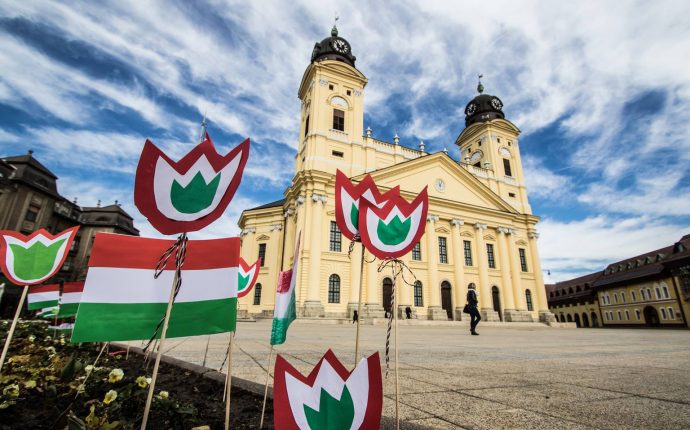
In celebration of the outbreak of revolution in 1848, the 15th of March is set aside as a national holiday, one of 3 national holidays celebrated in Hungary each year.
In celebration of the outbreak of revolution in 1848, the 15th of March is set aside as a national holiday, one of 3 national holidays celebrated in Hungary each year.
With the broad cooperation of the cultural and educational institutions of the city, a series of festive programs commemorating the events leading up to the Revolution of 1848-49 will take place in Debrecen.
(more…)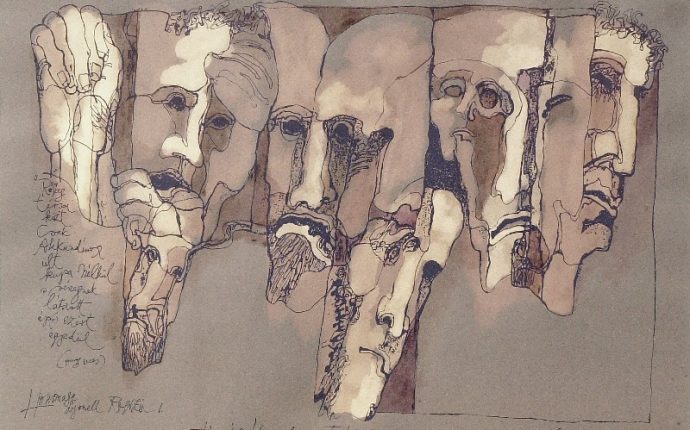
Ákos László the well-known and respected artist and long-time resident of Debrecen turned 80 on 6th March 2020. Born in,1940, in Budapest, and was raised by his grandparents in Oradea where he spent his school years. In 1963, he graduated from the Ion Andreescu College of Fine Arts in Cluj-Napoca. In the Autumn of 1982, he moved with his family from Oradea to Debrecen.
Ákos László the well-known and respected artist and long-time resident of Debrecen turned 80 on 6th March 2020. Born in,1940, in Budapest, and was raised by his grandparents in Oradea where he spent his school years. In 1963, he graduated from the Ion Andreescu College of Fine Arts in Cluj-Napoca. In the Autumn of 1982, he moved with his family from Oradea to Debrecen.
His artwork not only captures Debrecen’s sights but sometimes its women or even captures death. It revolves around the world with its twisted, distinctive lines, showing a crude yet dreamlike image. He speaks of a Romanic Debrecen, describing the city as a “gentle lover” its beauty and its history and ancient charm, gradually giving its secrets away over time but also its stern faith.
For almost forty years Ákos László has walked the streets of Debrecen with infinite loyalty and has captured its characteristic buildings, towers, the hidden parts of the city and does so with an artistic devotion.
(more…)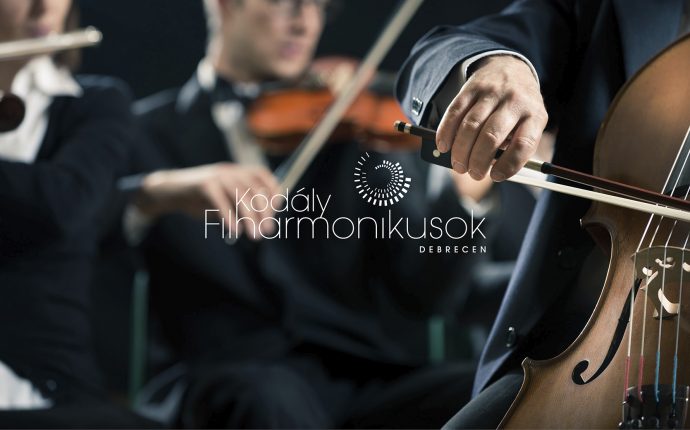
This year marks the 250th anniversary of Beethoven’s birth. In honour of the 250th anniversary of the world-famous pianist, the Kodály Philharmonia Debrecen plays all the symphonies of the great classical master throughout the 2019-2020 season.
This year marks the 250th anniversary of Beethoven’s birth. In honour of the 250th anniversary of the world-famous pianist, the Kodály Philharmonia Debrecen plays all the symphonies of the great classical master throughout the 2019-2020 season.
On 24th March, visitors can enjoy BEETHOVEN 250. – V. CONCERT, the Symphony No. 4 in B major, Op. 60 and the Symphony No. 7 in A major, Op. 92 in the hands of a world-famous pianist.
The Symphony No. 4 in B major, Op. 60 is in four movements. It was composed in 1806 and later premiered in public at the Burgtheater, Vienna in April 1808. While later composers including Berlioz, Mendelssohn and Schumann greatly admire the work, it is less well known otherwise.
The Symphony No. 7 in A major, Op. 92, was composed by Ludwig van Beethoven between 1811 and 1812. The second movement, Allegretto, was the most popular movement and frequently performed separately from the complete symphony. Beethoven considered this symphony in four movements to be one of his best works.
(more…)
No interrupted winter break for Zoo Keepers at Debrecen Zoo! The new arrivals keep coming but such interruptions are very welcome! New animal acquisitions and new babies to see in Spring 2020.
No interrupted winter break for Zoo Keepers at Debrecen Zoo! The new arrivals keep coming but such interruptions are very welcome!
New animal acquisitions and new babies to see in Spring 2020.
The Zoo has recently acquired yet another intriguing species with the arrival of four purple vampire crabs. Vampire crabs are actually quite rare at zoos and this particular species is only found here in Hungary. The newcomers have their own terrarium in our Palm House, so you can come to check them out in the thick vegetation that mimics their natural environment.
(more…)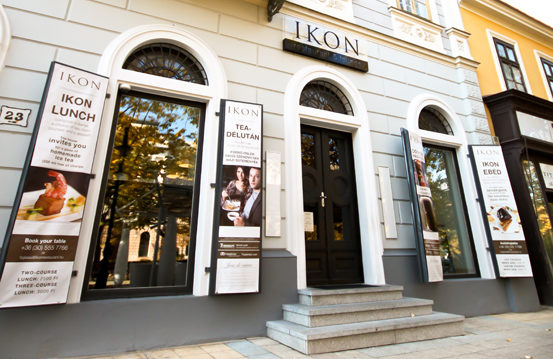
IKON Debrecen is one of three restaurants in Eastern Hungary that ranks among the top 10 in the “Best Country Restaurants” list.
The IKON in Debrecen is one of three restaurants in Eastern Hungary that ranks among the top 10 in the “Best Country Restaurants” list.
If you are interested in a Gastronomic restaurant tour in Eastern Hungary, then start in Debrecen because it is the gateway to the Eastern regions of Hungary via its International Airport and the M3 motorway.
In Summer 2019, Debrecen, a new chef arrived at the IKON Restaurant, straight from England. Since then the restaurant has offered a fine dining menu like no other in the city or region, with a clearer choice, and as for the food, – well the critics rave about it.
(more…)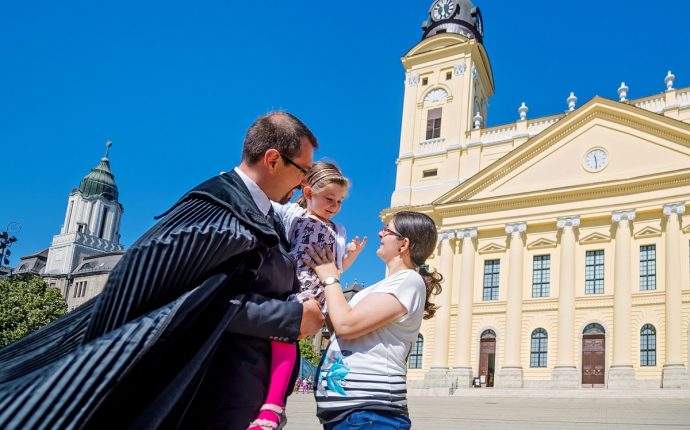
The country is most familiar with Debrecen as a “cívis” city, but in fact, many of the smaller settlements in the Great Plain used the term “cívis”.
The country is most familiar with Debrecen as a “cívis” city, but in fact, many of the smaller settlements in the Great Plain used the term “cívis”.
According to the Lexicon of Ethnography, the “cívis város” (“cívis city) is the “distinctive name of the great market towns of the Great Plain, which obtained or approached the status of free royal towns, but whose citizenship consisted mainly of peasant farmers”.
According to Árpád Kálnási, linguist, the “cívis” people were a so-called peasant citizen, but not only peasants but artisans also belonged to this group. The “cívis” people were engaged in agriculture and crafts, but in their spare time, they went to the theater and were enthusiastic donors. They did not produce more than was needed for their own use, and they only sold their products on the market when money was needed.
(more…)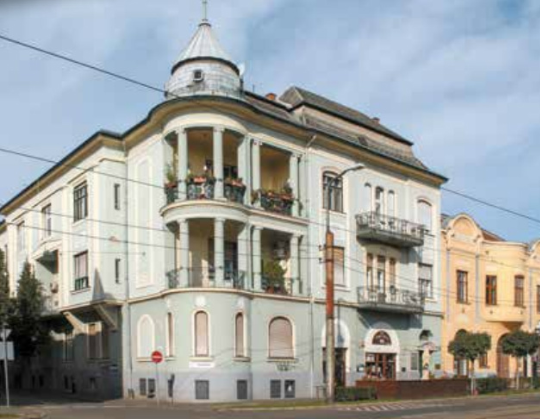
On the corner of Péterfia street, 46 and Thaly Kálmán Street stands the former place of János Wolff, the Brigadier General of 39th Infantry Regiment.
On the corner of Péterfia street, 46 and Thaly Kálmán Street stands the former place of János Wolff, the Brigadier General of 39th Infantry Regiment. In 1882, János Wolff of Hegyközszentimrei was transferred to Debrecen, to the 39th Infantry Regiment in the “Pavilion” barracks. He became Lieutenant Colonel in 1912, Colonel in 1914 and General in 1918. On 5 August 1910, he applied for a building permit for the construction of the palace, based on the plans of the architects Pavlovits and Szilágyi.
(more…)